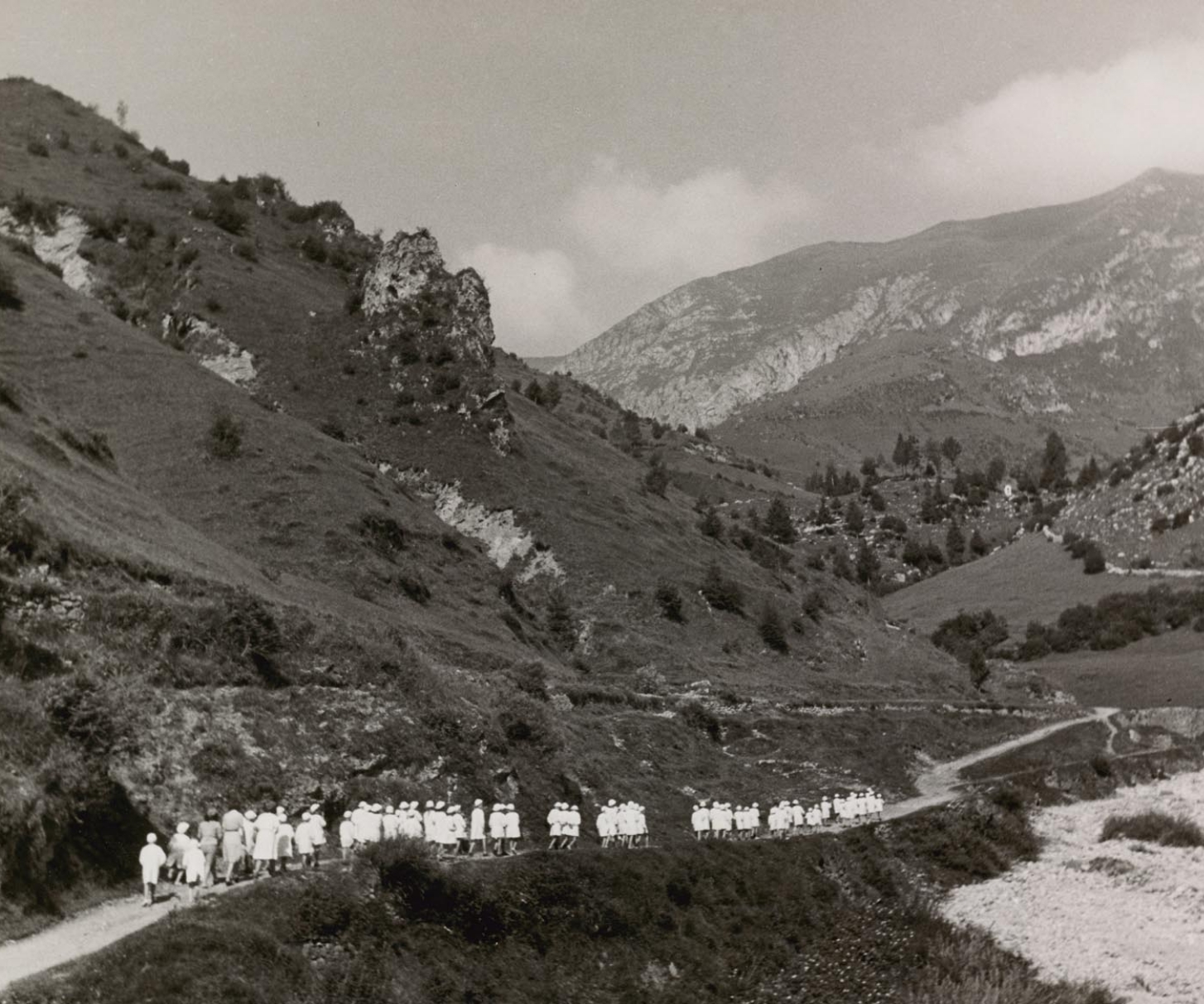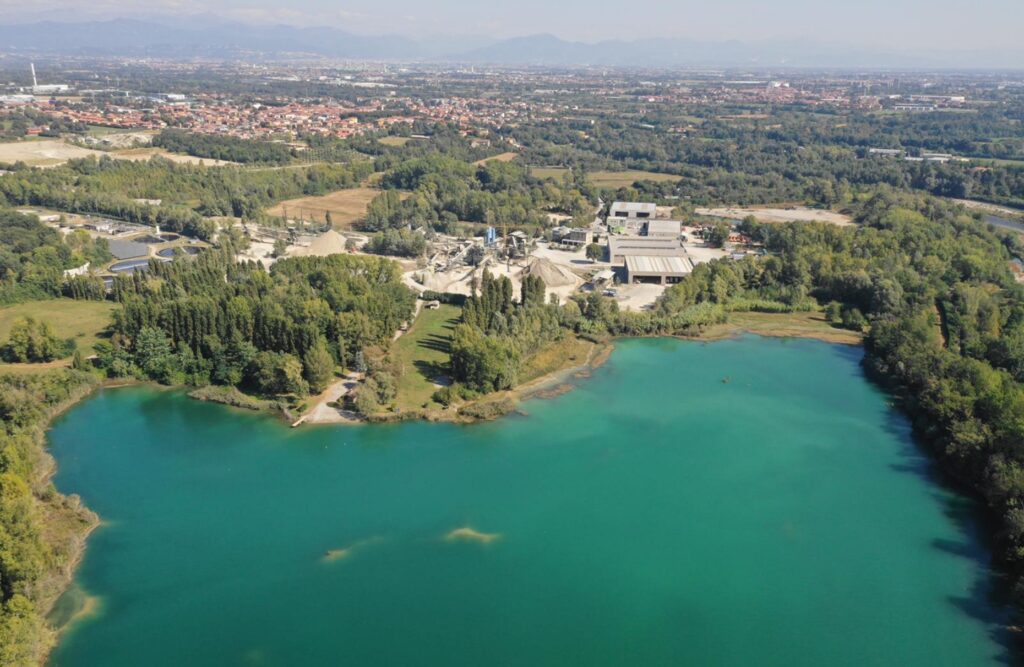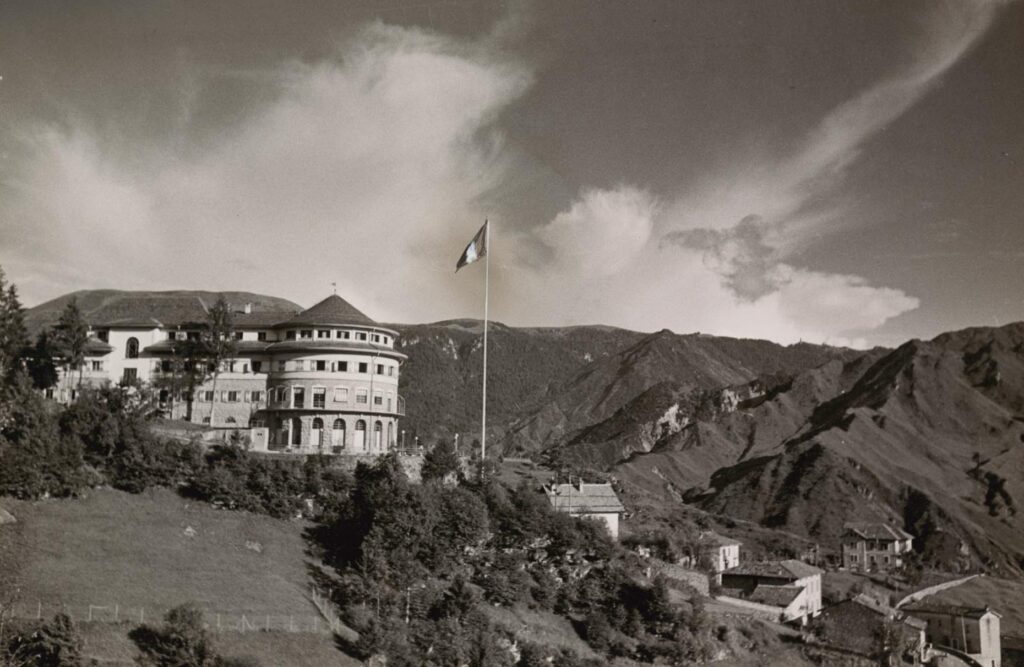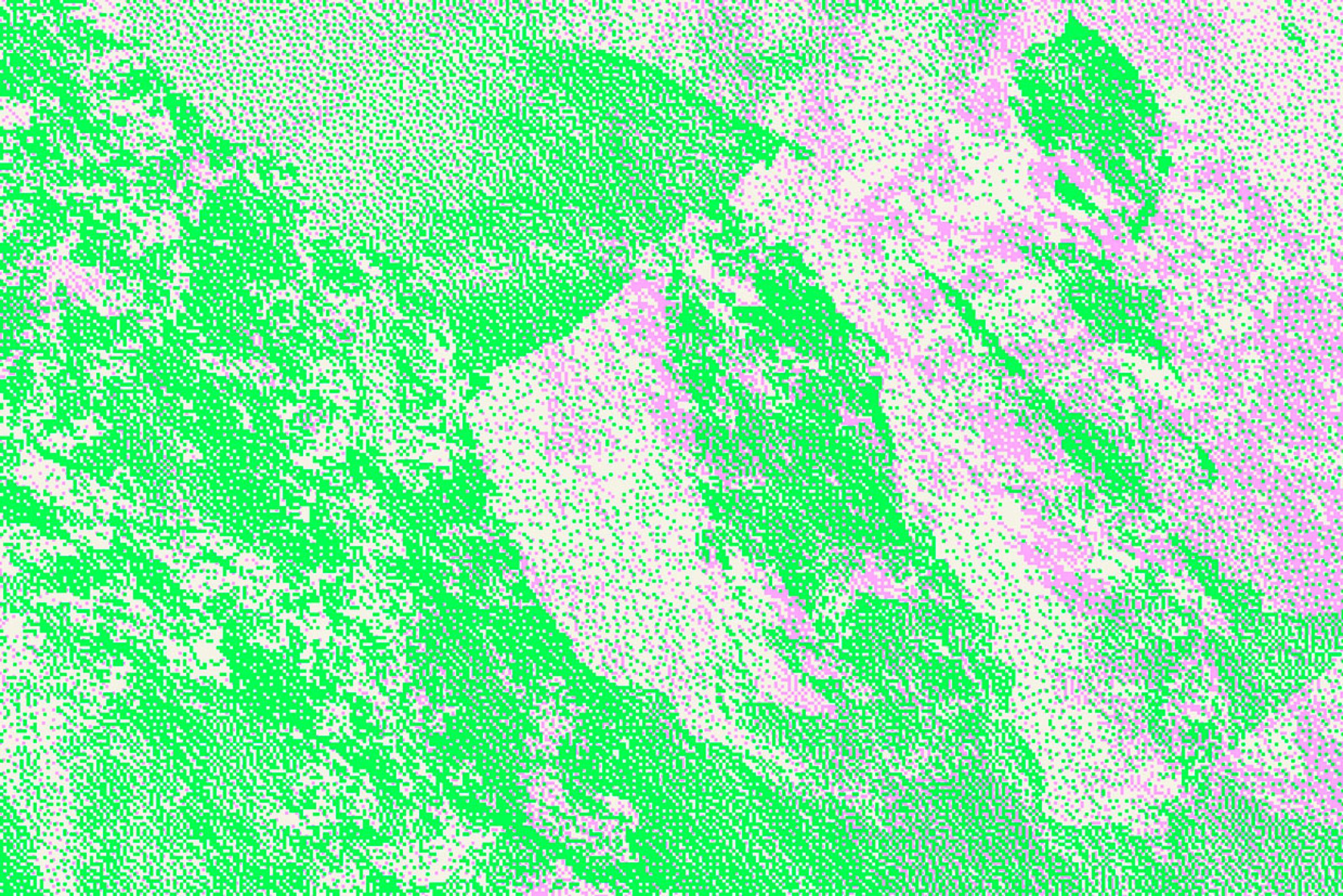Thinking Like a Mountain is a widespread cultural program that, for the two-year period 2024-2025, will involve not only the museum itself, but also the territory of the Province of Bergamo, from the pre-Alpine areas to the towns of the Bergamo valleys, to the urban parks of the provincial capital and the surrounding municipalities.
The aim of the project is to create an itinerary of shared artistic experiences in order to reflect on issues of sustainability and community, as well as to give way to a debate on the role of art institutions in the local context, in light of the forthcoming opening of the museum’s new venue.
The program envisages the involvement, over two years, of twenty artists or groups of artists, operating throughout various geographical and cultural contexts in the planning and implementation of a widespread program of events shared with local communities, including interventions in the public space, collective performances and creative workshops.


Thinking Like a Mountain
Thinking like a Mountain is an expression coined by American ecologist and environmentalist Aldo Leopold in his book A Sand County Almanac, published posthumously in 1949, comprised of a collection of reflections on nature, arising from his observation of the lands around his home in Sauk County, rural Wisconsin.
For Leopold, “thinking like a mountain” means having a profound appreciation for the deep interconnectedness of the ecosystem’s elements. An invitation to contemplate nature and its creatures as an organism endowed with balance, harmony and beauty, on which our own integrity and health depend. In the context of the project, Leopold’s expression summarizes and interprets the desire to adopt an alternative point of view—from “a certain distance” —on society and on our actions, in order to foster a fascination for the Earth and an evolved and participatory environmental sensitivity in the territorial context. “Thinking like a mountain” therefore means conceiving and acting as a compact collective body—from the Alpine peaks down to the man-made plains—, an organic system capable of combining global thinking—aware of the complexity of the ecosystem’s relationships—as well as responsible, imaginative, creative, and adventurous local action.
The territory
The territory in which the project unfolds is that of the green areas of the Province of Bergamo, from the massifs of the Alpine and pre-Alpine range, to the lower elevations of the Bergamo Valleys, through to the urban forests of the Colli di Bergamo Park and the fluvial and agricultural areas of the Bassa Bergamasca (the Bergamo Plain). This area comprises a highly diverse context, where natural landscapes and highly industrialized urban areas coexist within a complex ecosystem of considerable anthropological interest.


Mountains lie at the heart of the project, not only as a physical place, but above all as a perspective, a distance and a temporal dimension from which to observe the world and its dynamics. With peaks that can exceed 3,000 metres in altitude, the Orobian Alps—whose metamorphoses encompass a period of almost 300 million years, a fact that explains the diversity of geological areas that characterize them—are separated from the Bergamo Pre-Alps by a series of secondary valleys in the Val Brembana, Val Serianaand Val Camonica, all areas of great natural diversity.
While laying claim to exceptional natural heritage, the Bergamo Valleys lying between the mountainous and urban areas are also a highly anthropized territory. Inhabited since prehistoric times, the lands crossed by the Brembo, Serio and other rivers throughout the vast provincial territory host hundreds of scattered villages that, together, form a cohesive and dynamic community, steeped in history and tradition.
On the other hand, the Parco dei Colli di Bergamo includes a vast swathe of urban green space that interests various municipalities, by covering an area of some 4,700 hectares, located between 244 and 1,146 meters above sea level, and features areas of heterogeneous physical and morphological characteristics, home to both natural and architectural treasures.
The Bassa Bergamasca, lastly, corresponds to the mid-level plain south of the Valleys, that is, the strip of natural springs crossed by the Serio river and lying between the Adda and Oglio rivers, and where over the years, a great number of farm holdings have been established.

The companies
In a positive example of public-private collaboration, over recent years the GAMeC has strengthened its synergistic relationship with local businesses, demonstrating the potential of a mutually supportive relationship between culture and commerce. Thinking Like a Mountain intends to further strengthen this bond: from the earliest planning stages, businesses will be considered essential interlocutors through which to interpret the needs of the territory and the communities in which they are rooted. The program aims to create a network of productive realities that support the local cultural industry and to add value to the people, knowledge and processes from which the excellence of local manufacturing and industrial products emerge.
The project, which involves artists of international experience and standing, stems from the desire to operate from a stance of territorial rootedness.
For this reason, preference are given to those artistic researches that, in addition to reflecting upon the themes of nature and environmental and social sustainability, operate in the long term by activating paths of participation, so as to allow the involvement of the public and guarantee a real kind of contact with the territory and its needs. This choice stems from the desire to seek authentic participation, guaranteed by the integration of the artistic experience into community life. After the experience of the pandemic that forced us to rethink our relationship with collective physicality, special attention will be paid to enhancing the bodily and sensorial dimension of experience.

Activities and Audiences
The program is developed largely through activities such as workshops, laboratories, seminars and performances, in order to provide the audience with an alternative cultural experience to the traditional museum visit.
The project also aims to create interventions in the public space—including installations—that arise from listening to and talking with local communities, particularly by involving associations of a social and cultural nature and more. The approach consists in “learning-by-doing”, characterized by a high degree of experimentation, innovation and flexibility. It will constantly be tested in various contexts and will accompany projects, taking into account the evolving relationship between artists and local communities.
The Museum, The Magazine, And The Radio Station
The online magazine accompanies the project throughout its development, collecting critical texts, reports and audiovisual contributions, produced by the working group, among which there will be researchers, journalists, writers, and exponents of the involved realities. Topics will range from contemporary arts to design, from architecture to agriculture, from human geography to anthropology. Special attention will be given to the valorization of local craft and manufacturing excellences, also through collaborating with other editorial entities not directly related to the arts. The magazine’s editorial headquarters are based at the GAMeC, which—as well as presenting its collections in the spaces conventionally used for exhibitions—is transformed into an office open to the public, that also hosts informative encounters.
Parallel to the magazine, the Radio GAMeC project—recognised by UNESCO as one of the best museum projects in the world born during the COVID-19 pandemic—will further evolve through updated formats adapted to the new project dimension.




